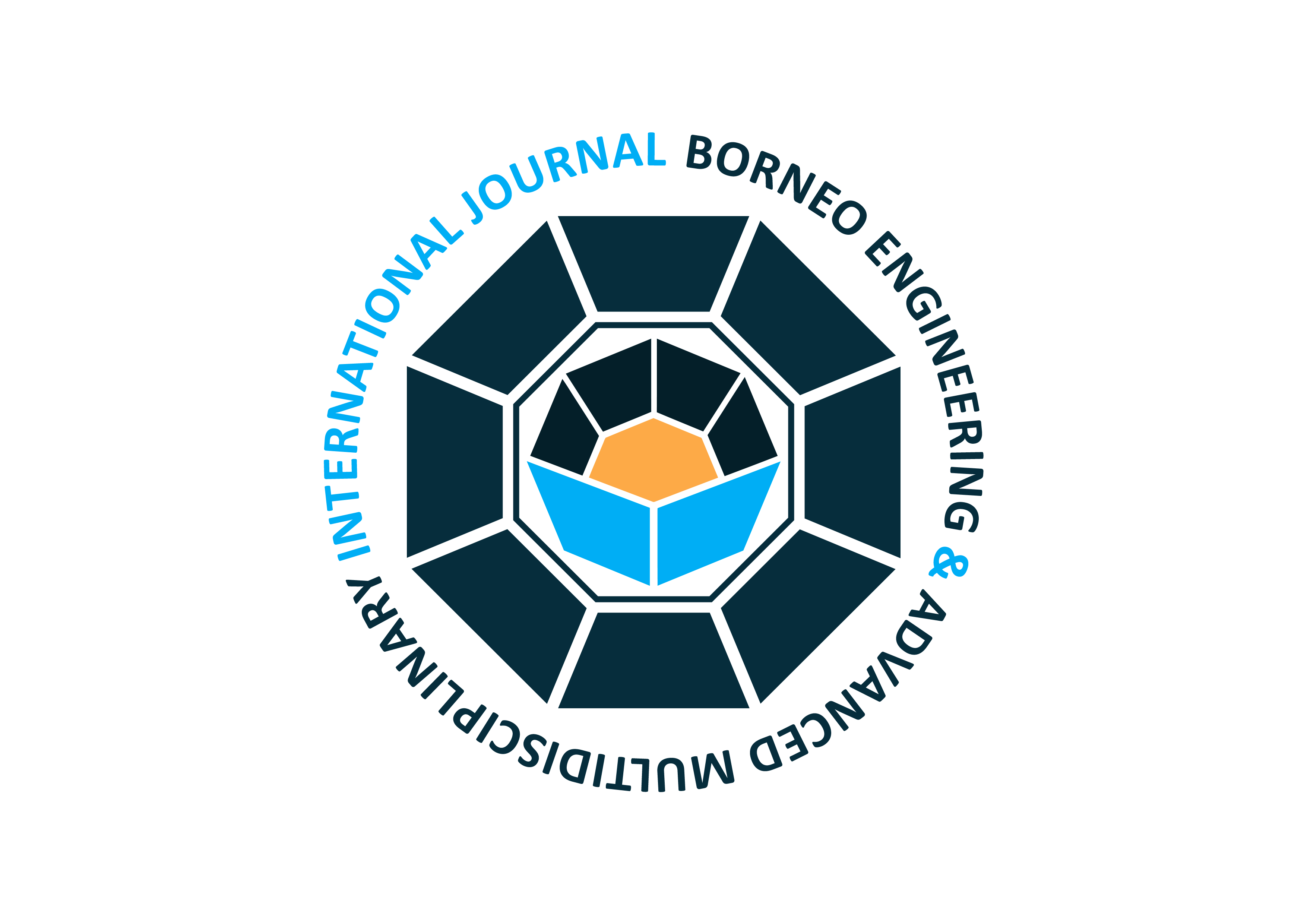Development of Building Energy Management and Solar System
Keywords:
Building Management System (BMS), Energy-efficient Cognitive Autonomous Building Automation (ECABA), Heating Ventilation and Air Conditioning (HVAC), Internet of Things (IoT), Smart Grid Building Energy Management System (SG-BMS), Real-Time Monitoring&Control (RTM-C)Abstract
A building management system (BMS) is a computer-based control system that regulates and monitors mechanical and electrical equipment in a building, such as ventilation, lighting, power systems, fire systems, and security systems. The goal is to create a building's solar system for energy management. The amount of energy used within and outside the building is being tracked. It can automate the control of electric equipment like air conditioning and lighting. The research is now being conducted using the waterfall approach. The Waterfall Method was widely utilized in Software Engineering to ensure project success. The "Waterfall" method separates the software development process into several stages. There are six steps: planning, analysis, design, implementation, testing, and maintenance, which are all essential aspects of any project. Findings and discussion are critical components in evaluating the project's outcomes. This project's hardware and software include a current sensor, temperature sensor, battery, IoT circuit, and Arduino IDE software. These steps must go through technical testing before becoming a functional system. The prototype's results, as well as the coding, will be discussed. The project for Building Energy Management with Solar System has been improved. Solar energy and the Internet of Things (IoT) are used in this novel design. An Automatic Transfer Switch (ATS) is used to switch the supply input automatically. Because the system has a solar backup power supply, it will not shut down if there is a blackout.














